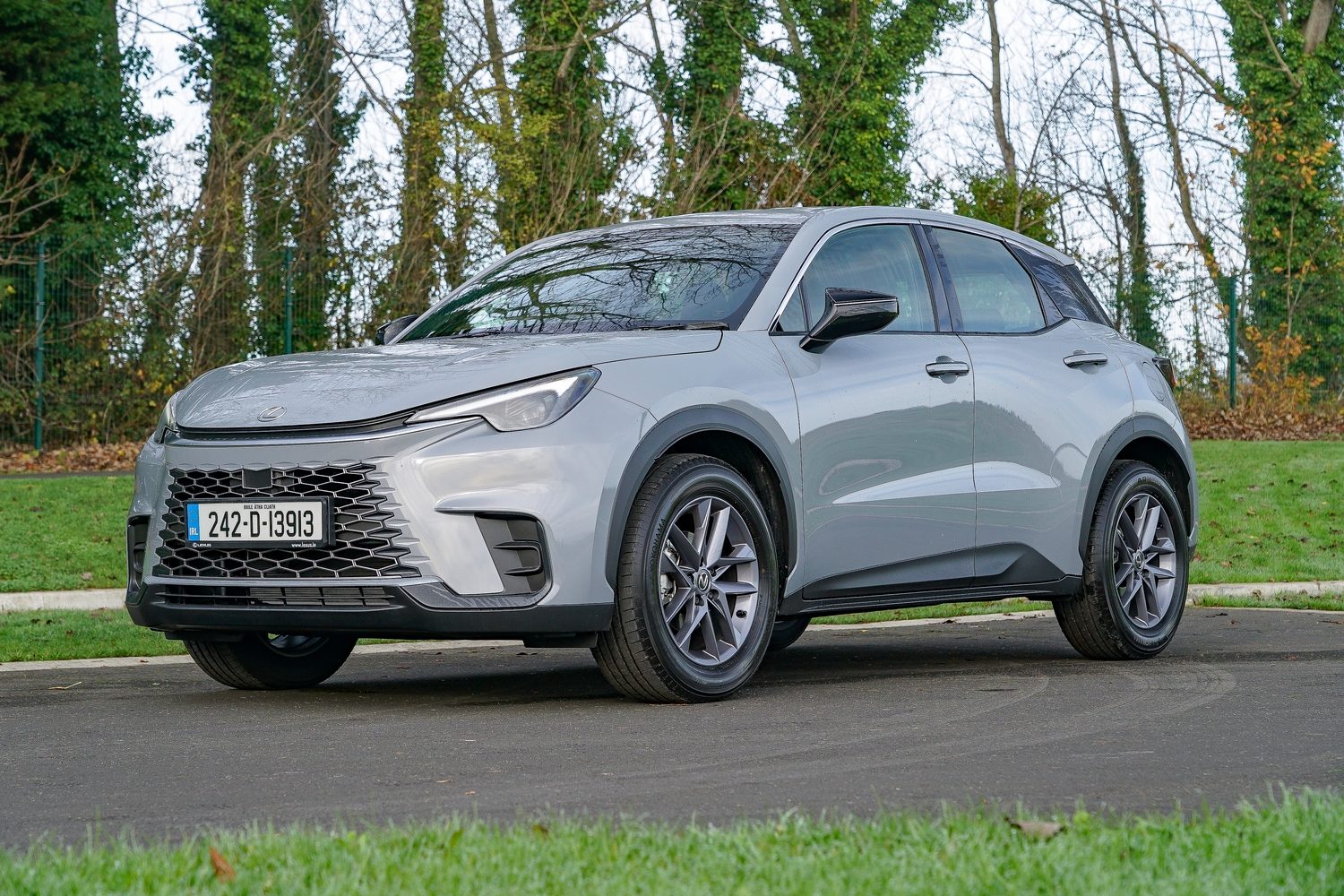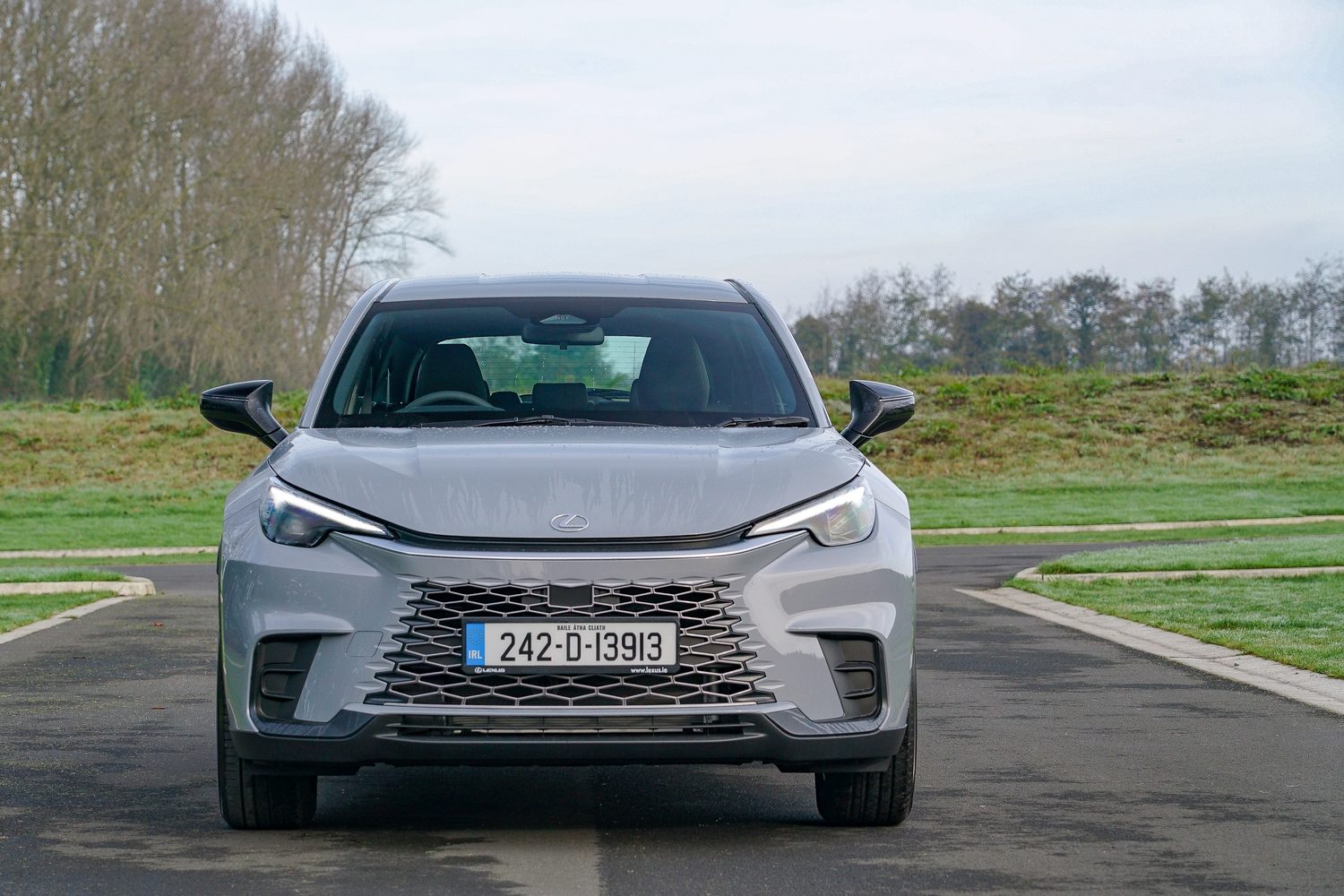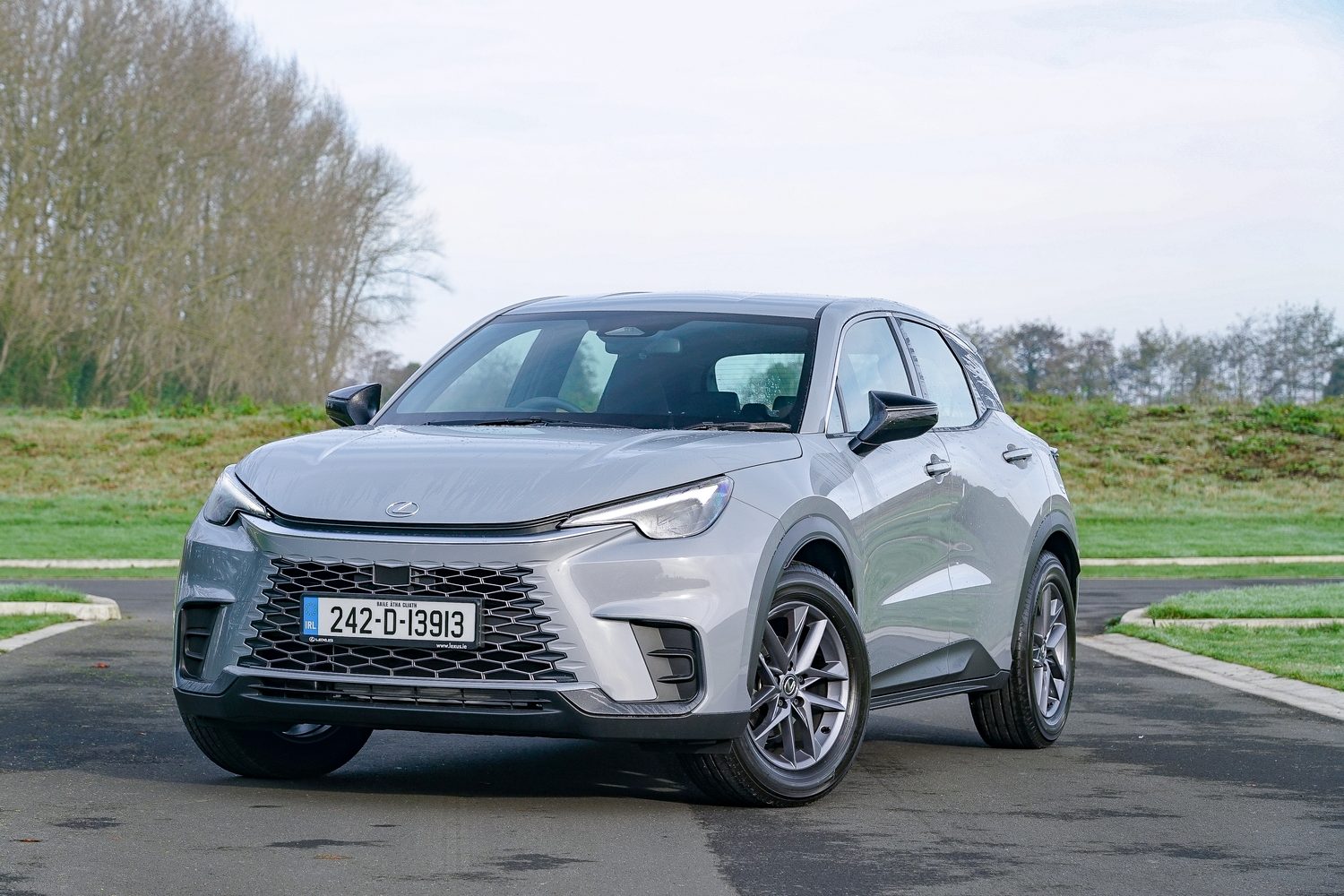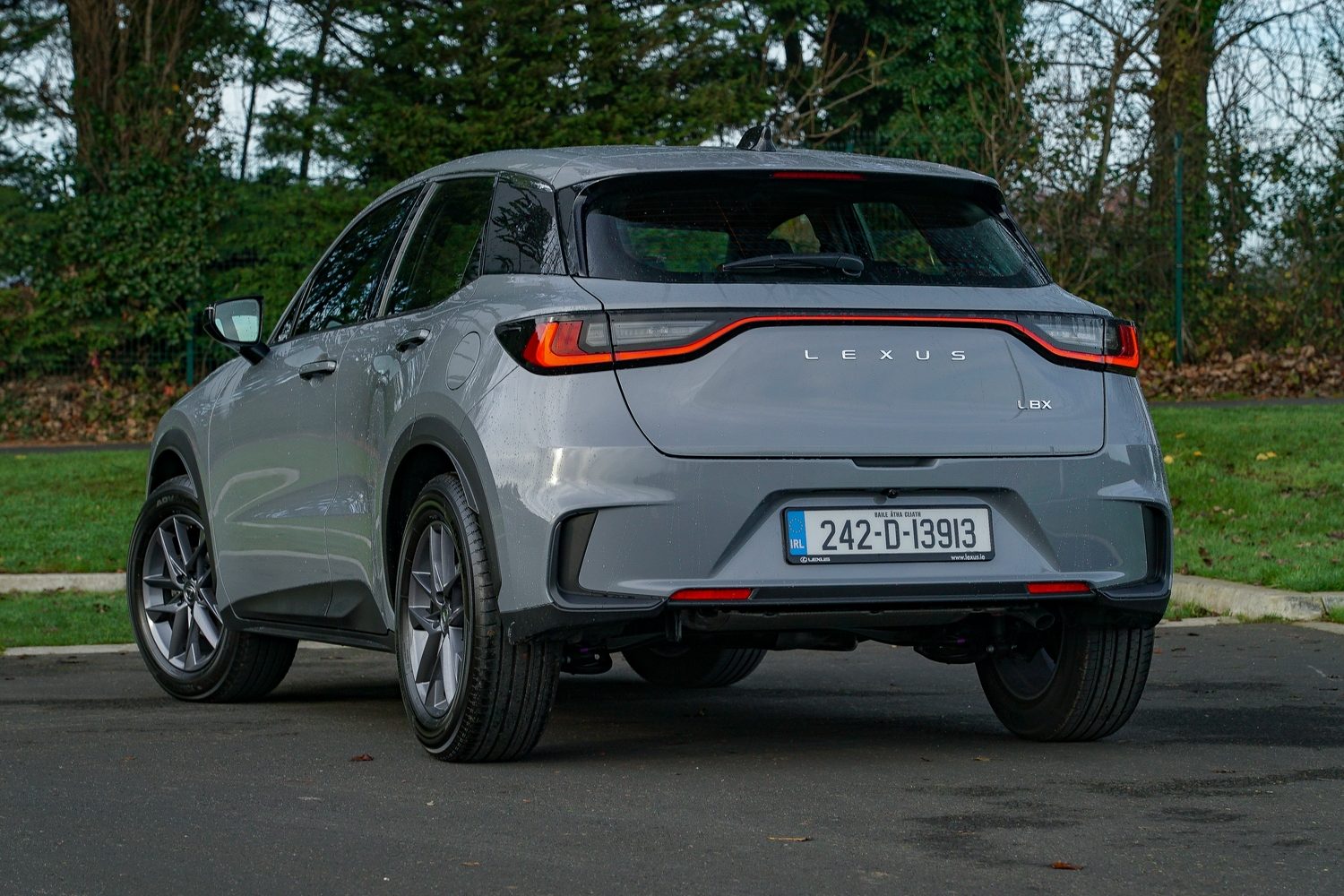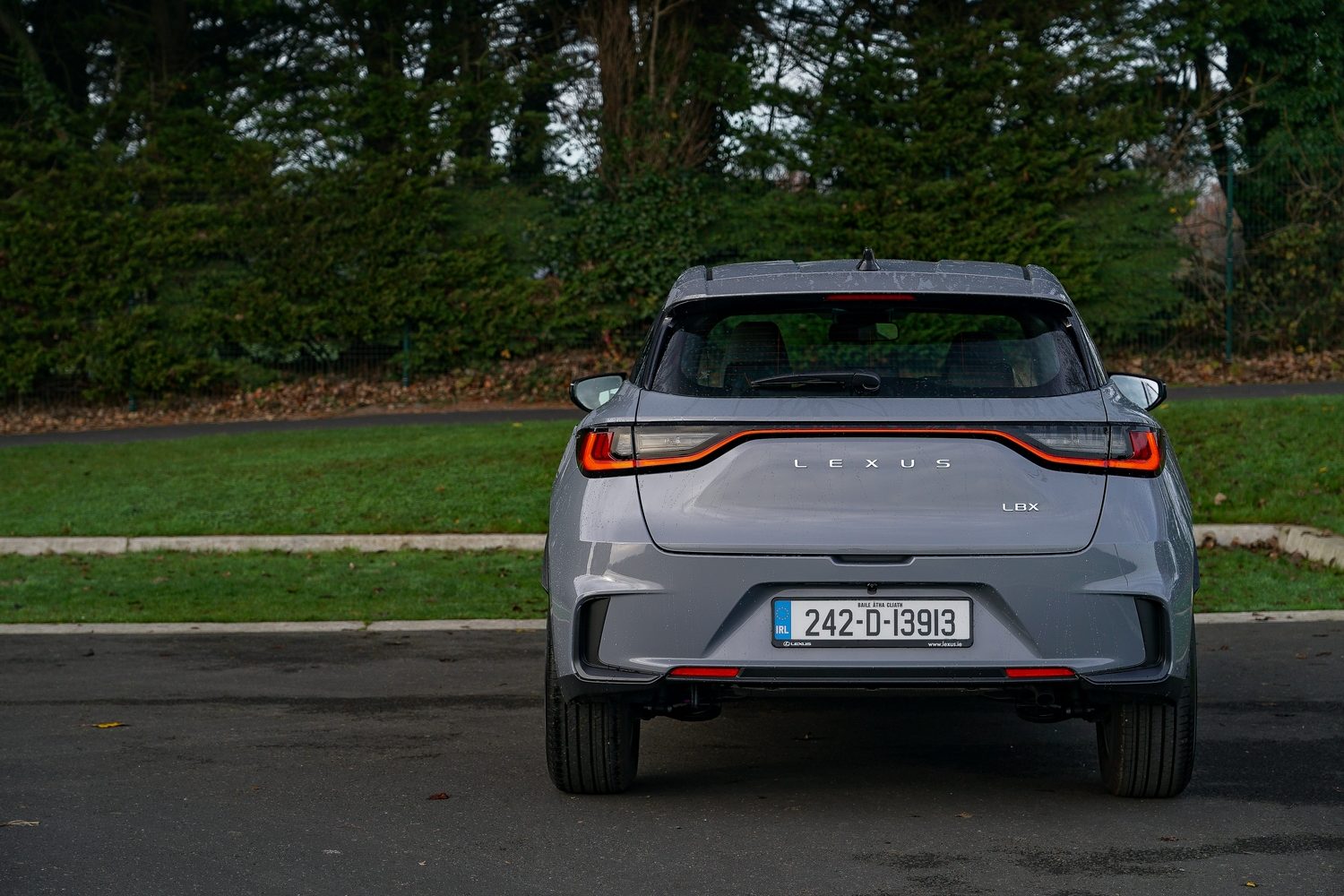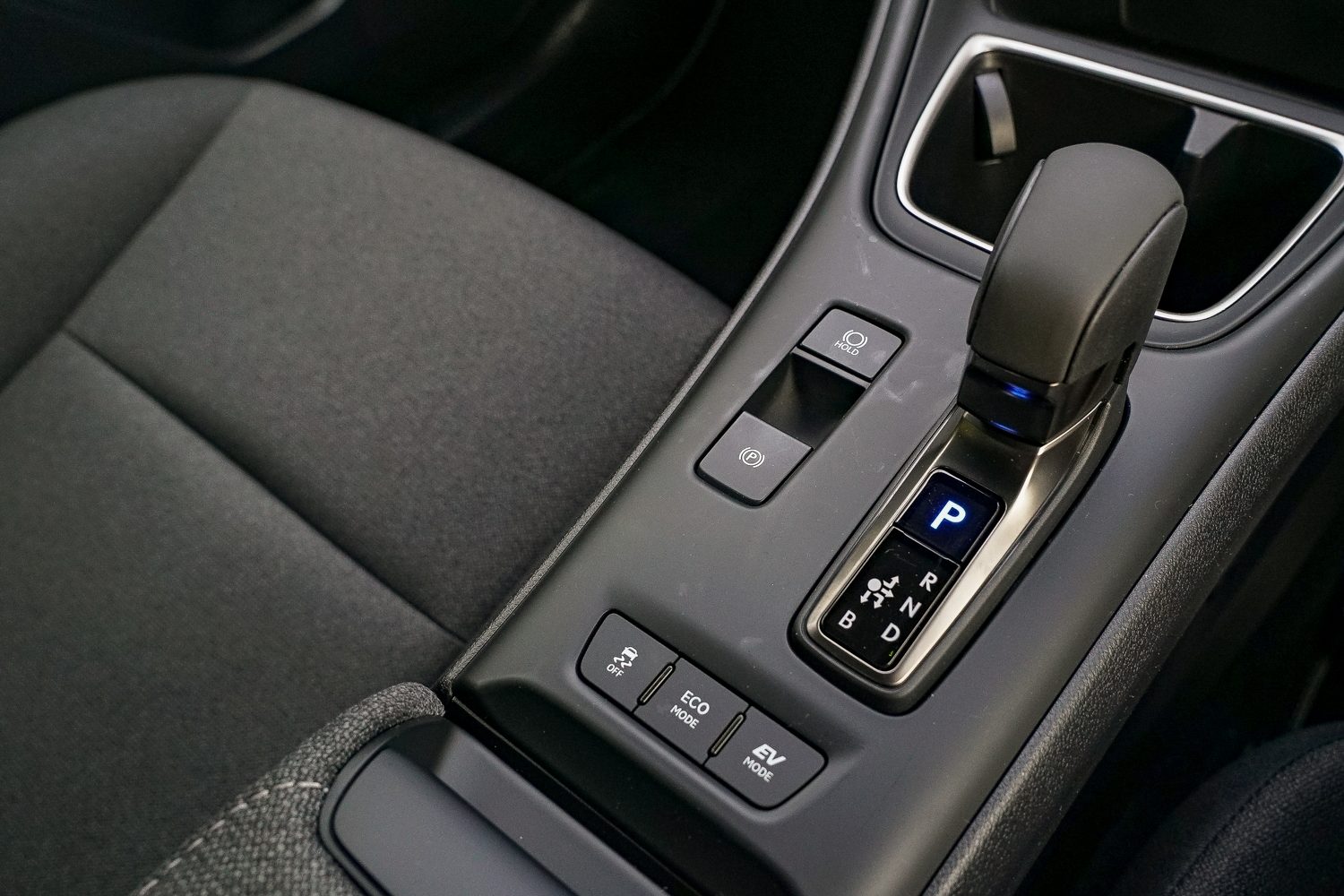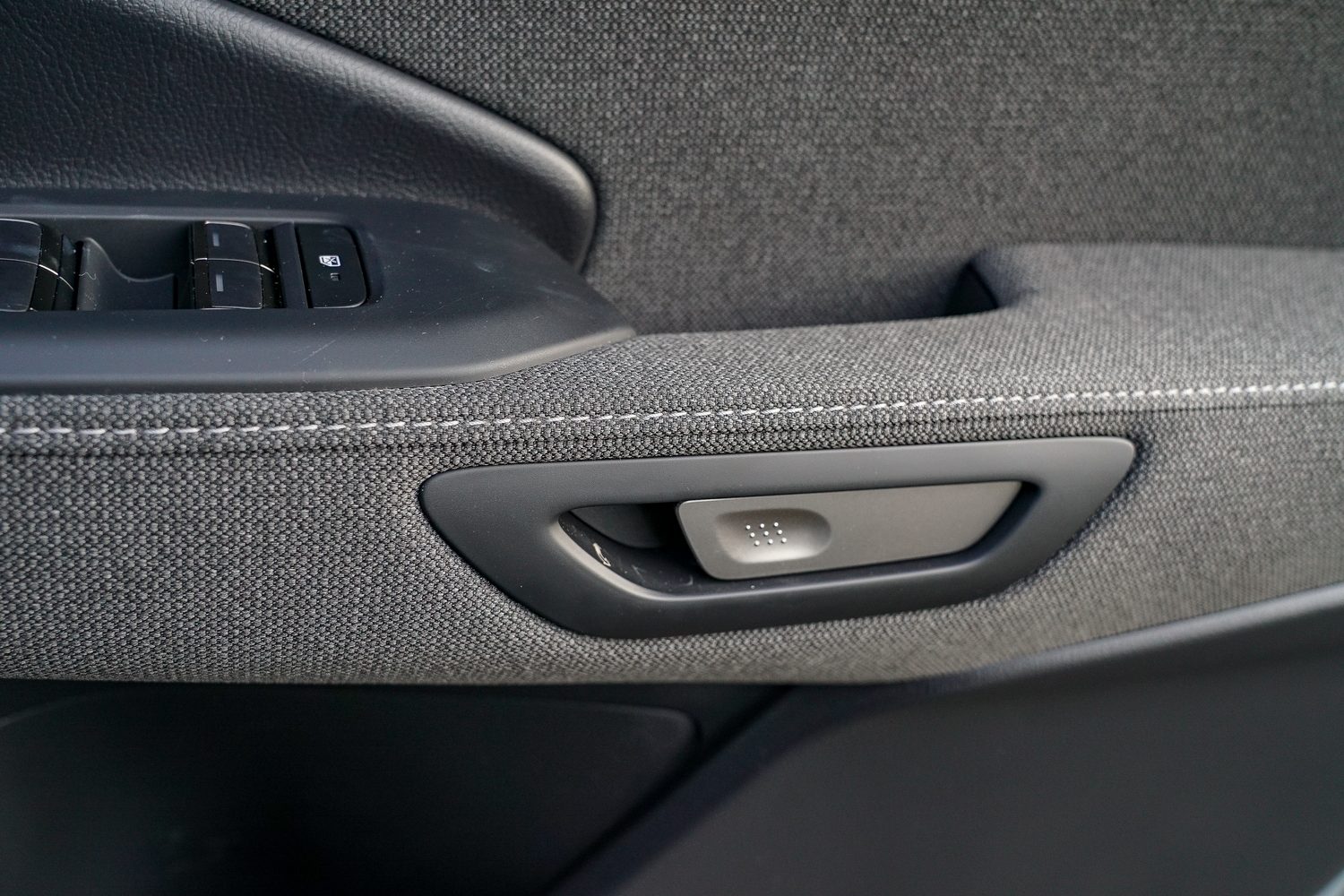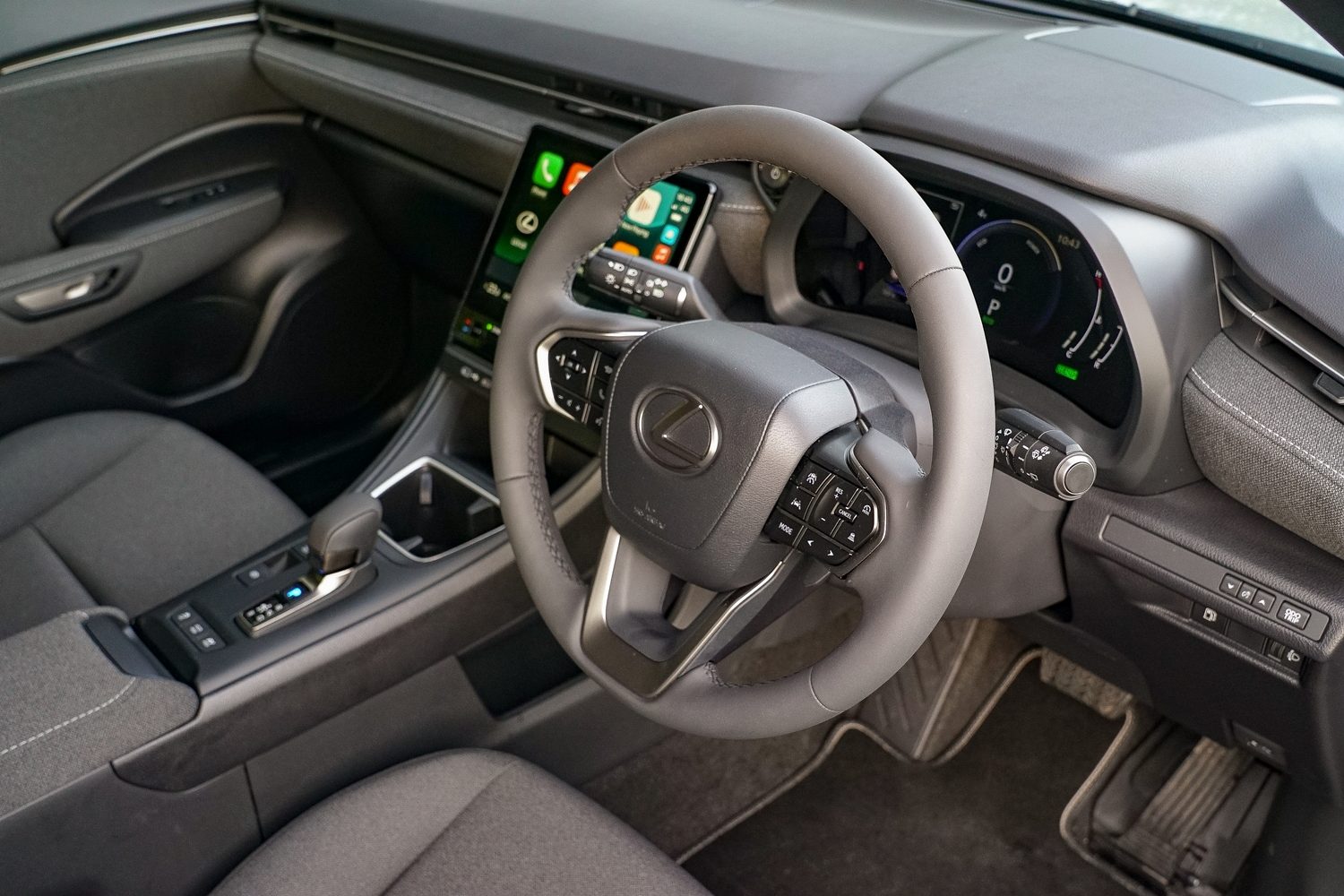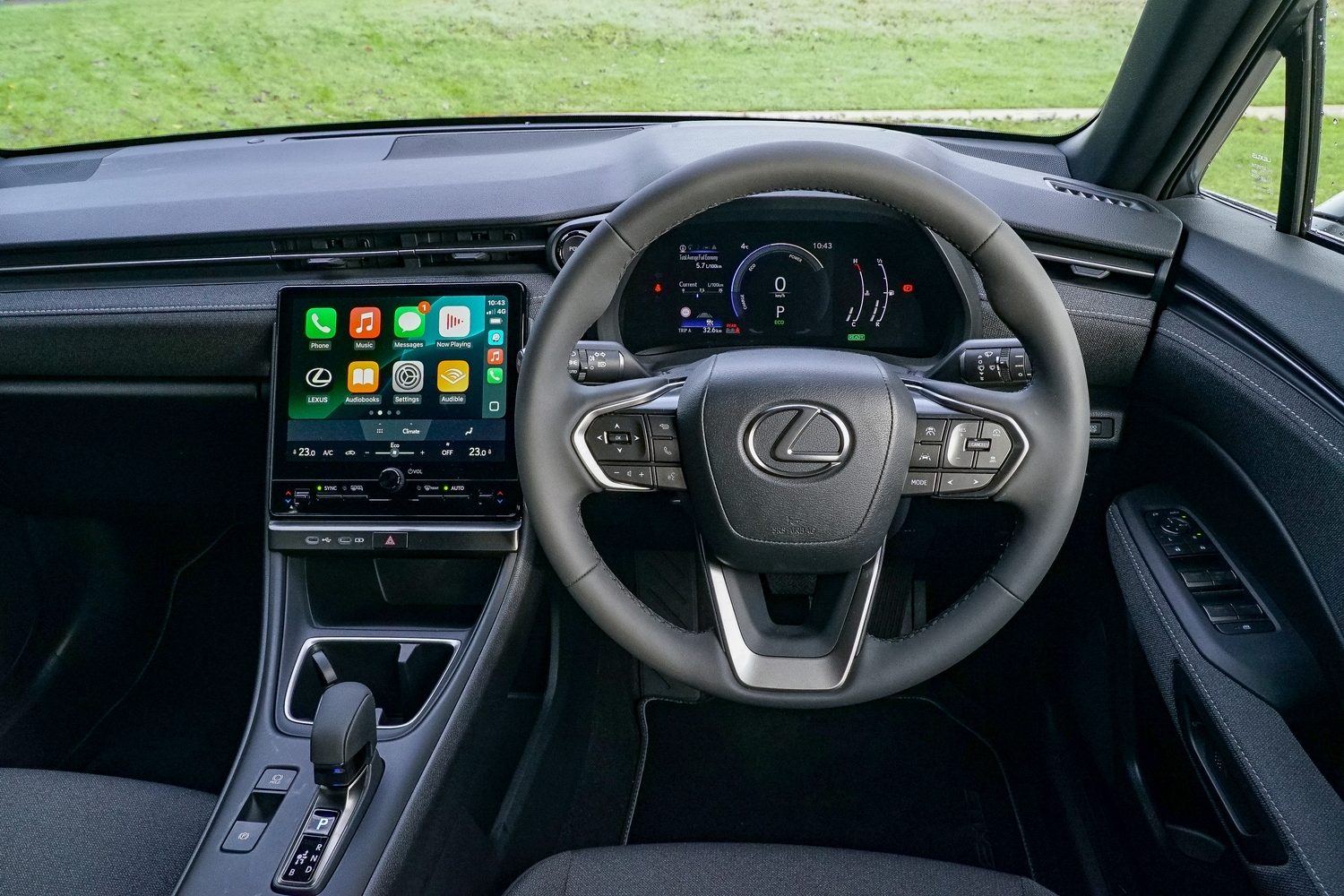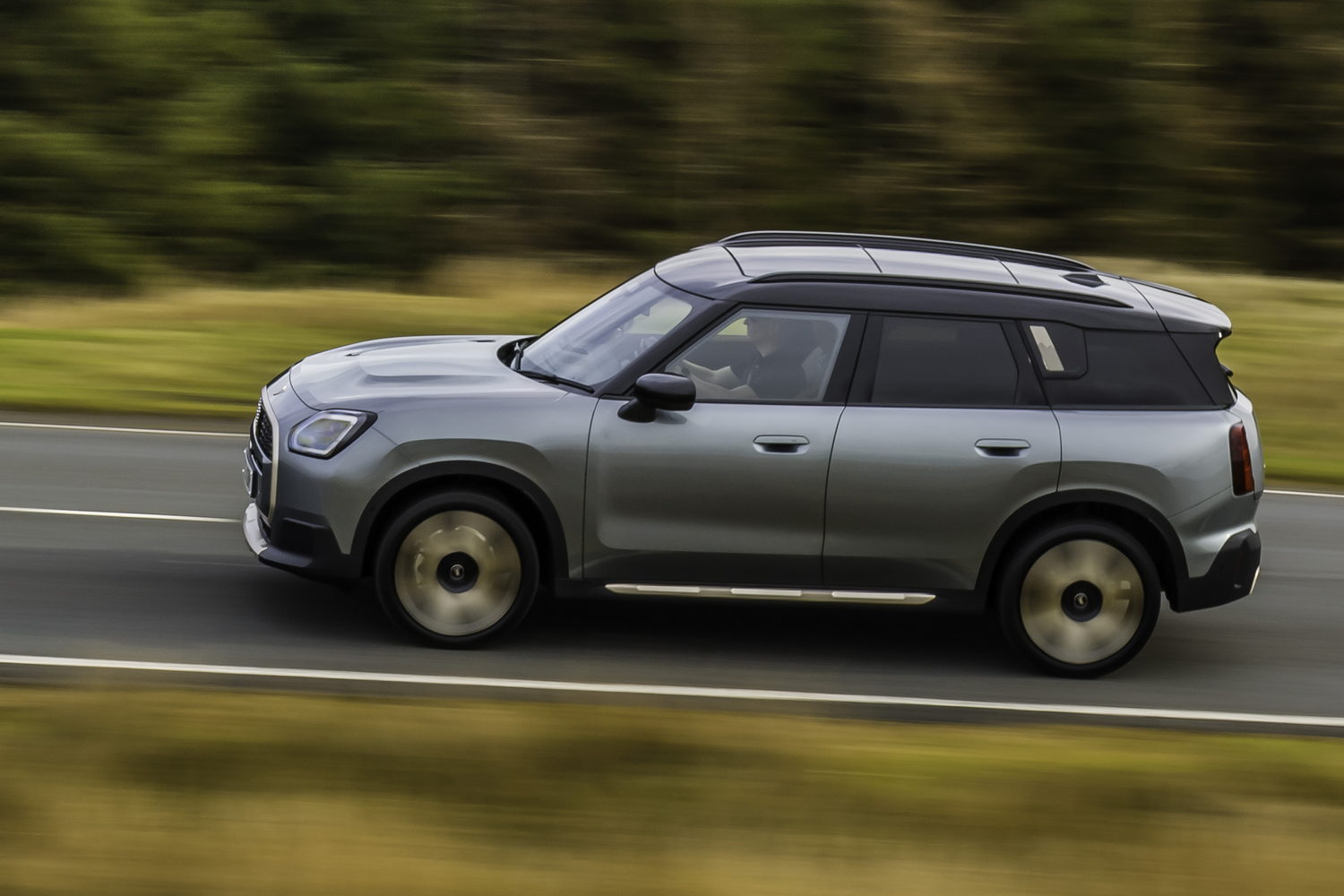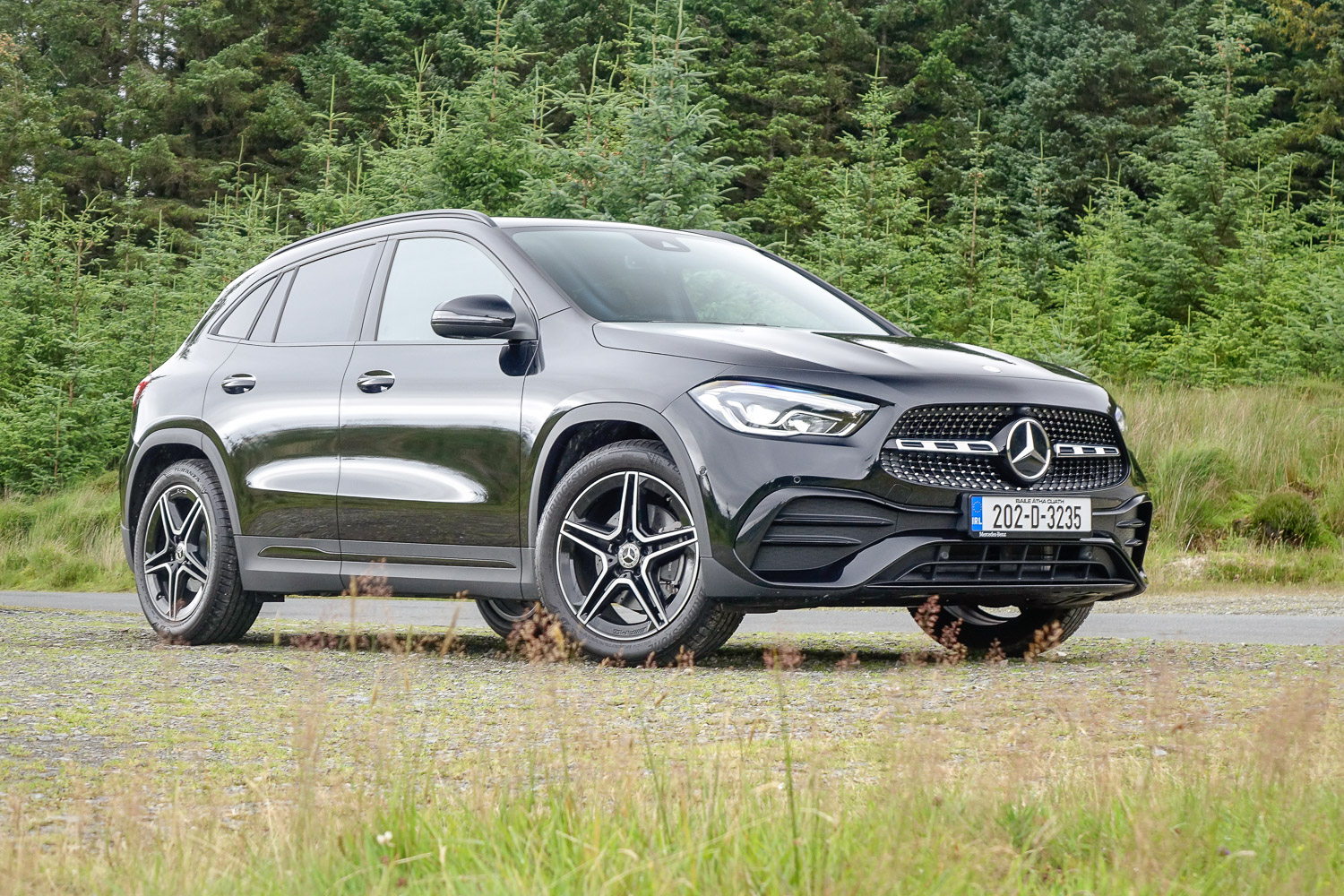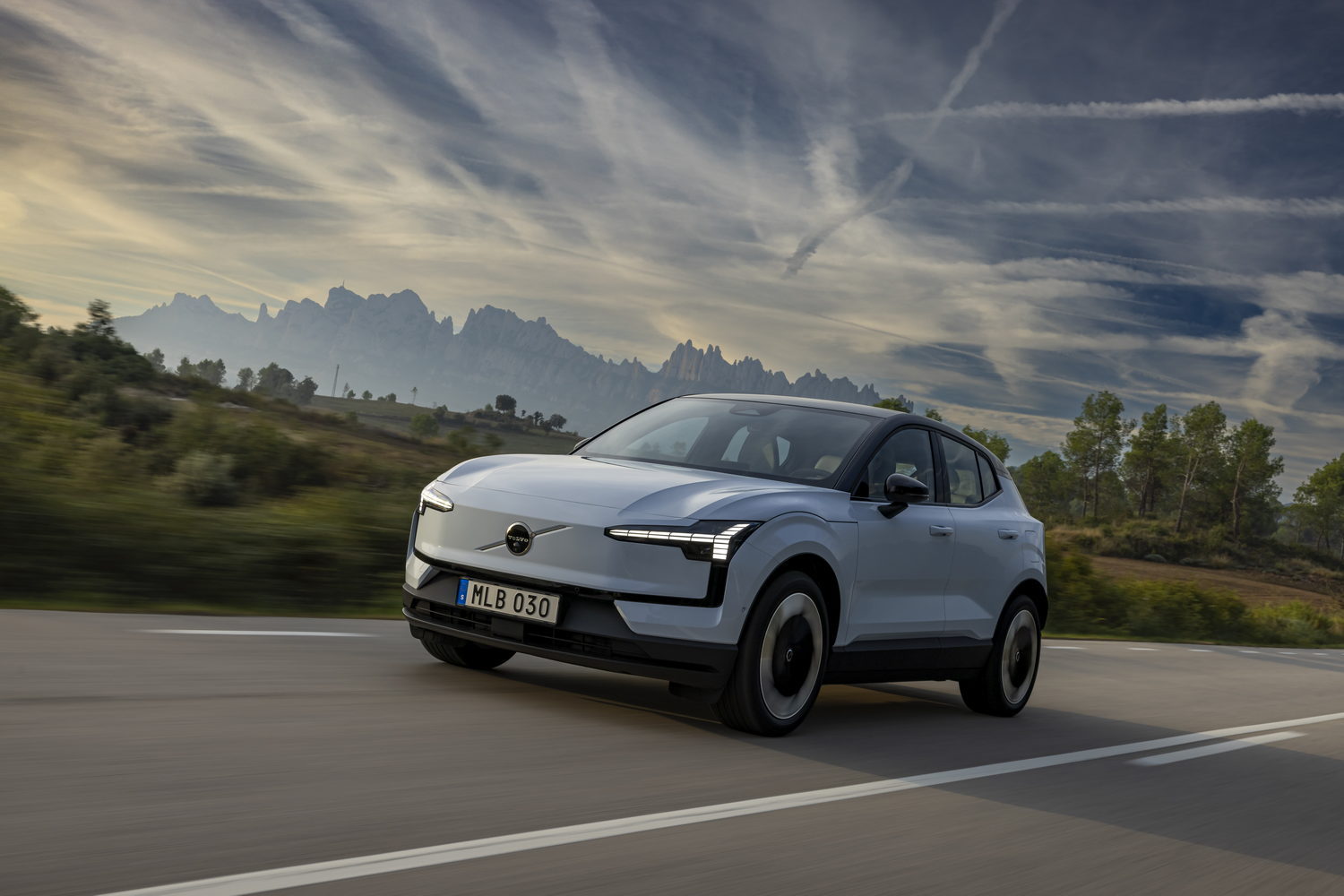Downsizing a luxury brand is a mission fraught with difficulty. The big players in the luxury car market - Mercedes, Audi and BMW - have had a great deal of success with smaller, more affordable models, but equally there have been sales misfires. When Jaguar tried to introduce a compact model, the E-Pace, it sank without trace even though it was an SUV.
So Lexus, in reaching down to find a broader customer base, is taking a calculated risk. It has done well in the past with the CT 200h hybrid hatchback (for some time the best-selling Lexus model by far), but can the Japanese premium marque repeat that success with the compact LBX crossover?
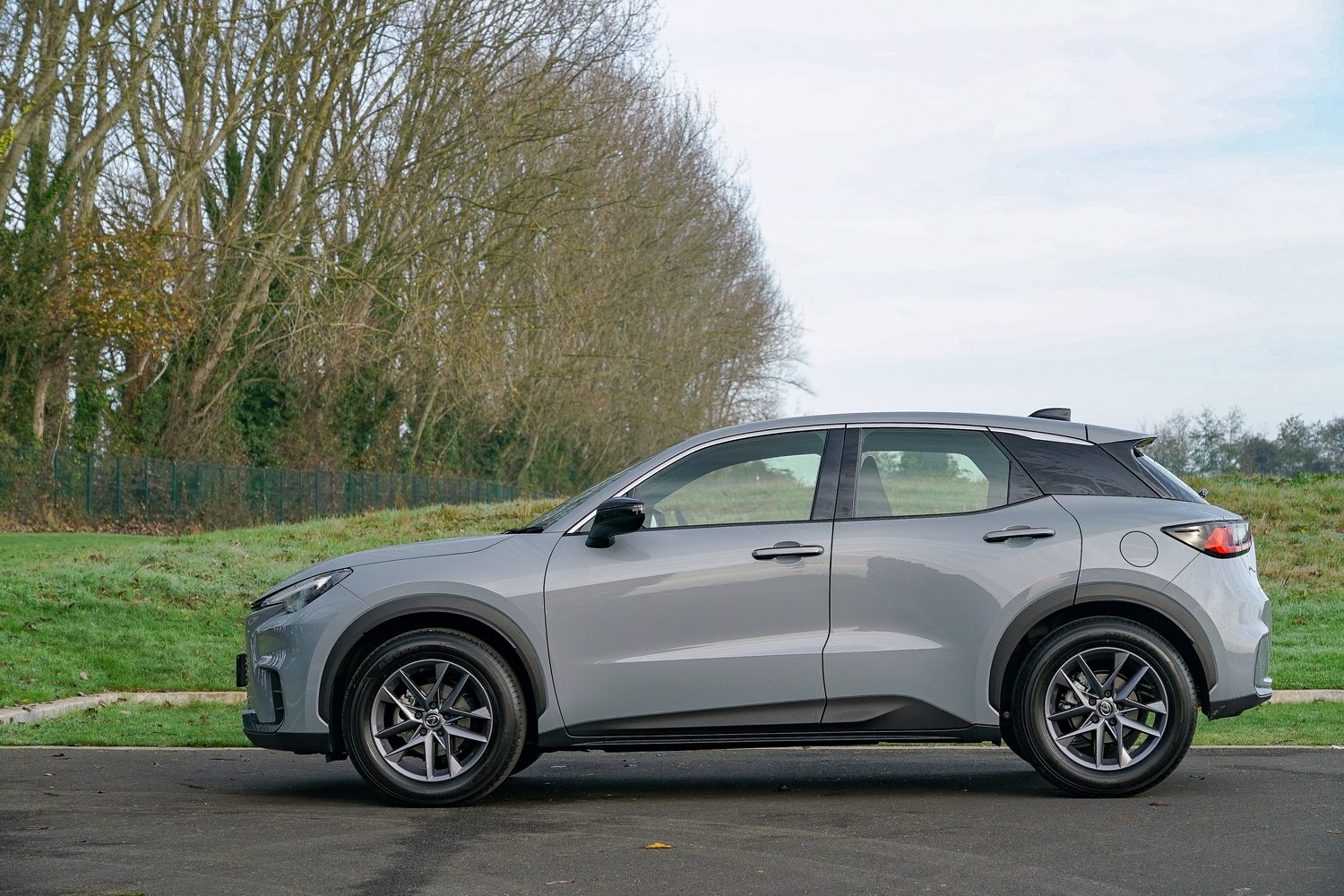
It certainly looks the part. Diminutive, yes, but with enough of the style and the clean surfacing from its bigger SUV siblings, the Lexus NX and RX, right down to the inverted trapezoid grille under a snub nose. Slim lights front and rear complete a classy effect that’s topped off by a range of very pleasing colour options that go beyond the default grey and silver (even if our test car here is indeed painted grey).
Higher-spec models get the full Lexus luxury treatment with indulgent leather upholstery and more, but this version we’re testing is the entry-level Urban model.
How much is the Lexus LBX in Ireland?
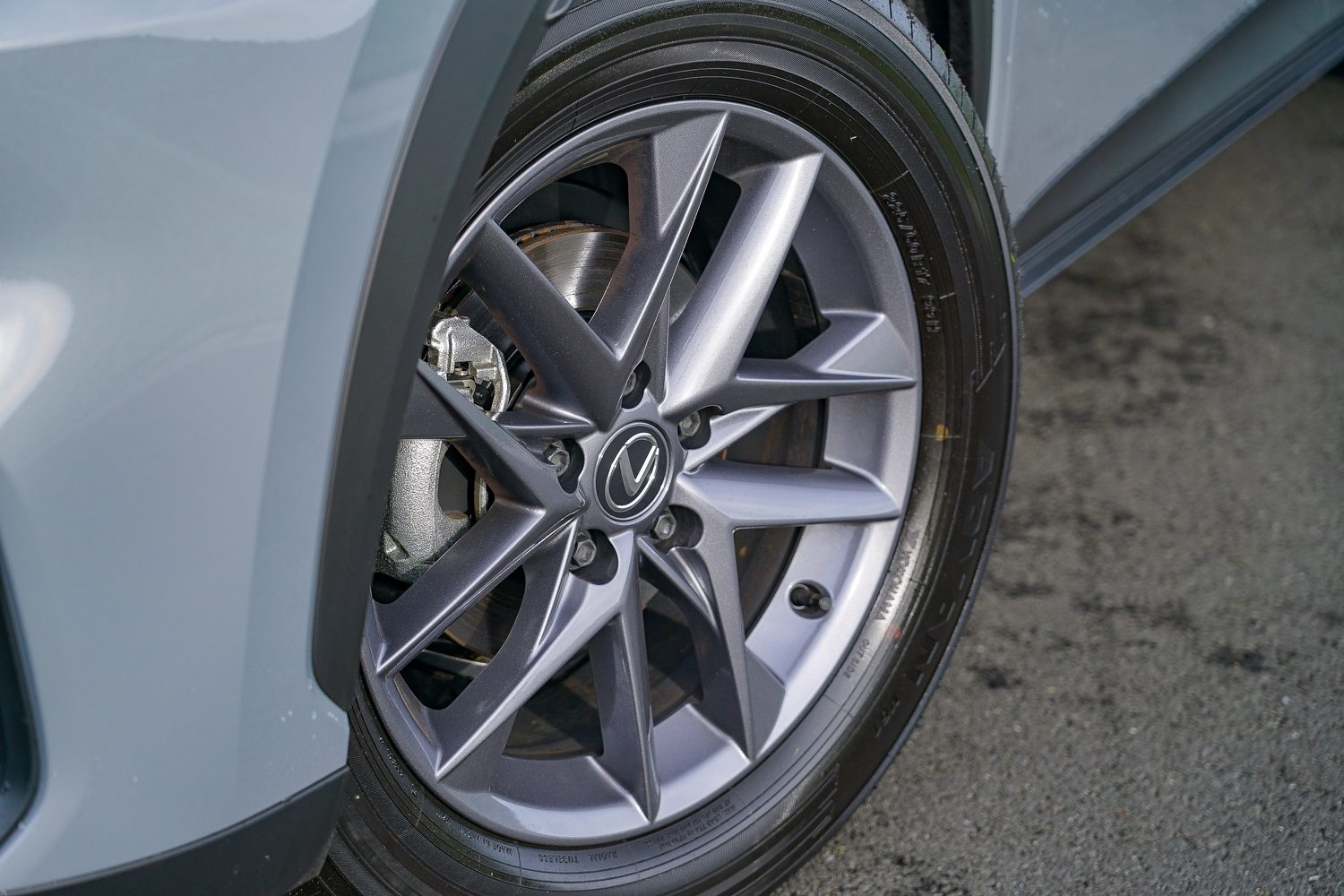
The LBX range kicks off with the Urban model shown here, and one of these will cost you €36,675 (or from a reasonable €330 per month on a Lexus finance plan). There’s only one engine option for now - a 1.5-litre three-cylinder hybrid.
An Urban-spec LBX comes, as standard, with dual-zone automatic climate control, 17-inch alloy wheels, a three-spoke leather-wrapped steering wheel, seven-inch digital instrument cluster, grey tweed-like fabric for the seats and doors, LED headlights with automatic high beam, power-fold heated door mirrors, a 9.8-inch touchscreen infotainment system with wireless Apple CarPlay and wired Android Auto, and the Lexus Safety Sense + 3 package of electronic driver aids, which we’ll deal with more fully below.
Next up in the range is the LBX Elegant, which costs from €39,440 and comes as standard with front and rear parking sensors, 18-inch alloy wheels, heated front sports seats, ‘Tahara’ leather upholstery in the ‘Ammonite Sand’ colour, rain-sensing wipers, adjustable lumbar support for the driver’s seat, self-dimming rear-view mirror, ambient cabin lighting and illuminated entry and exit.
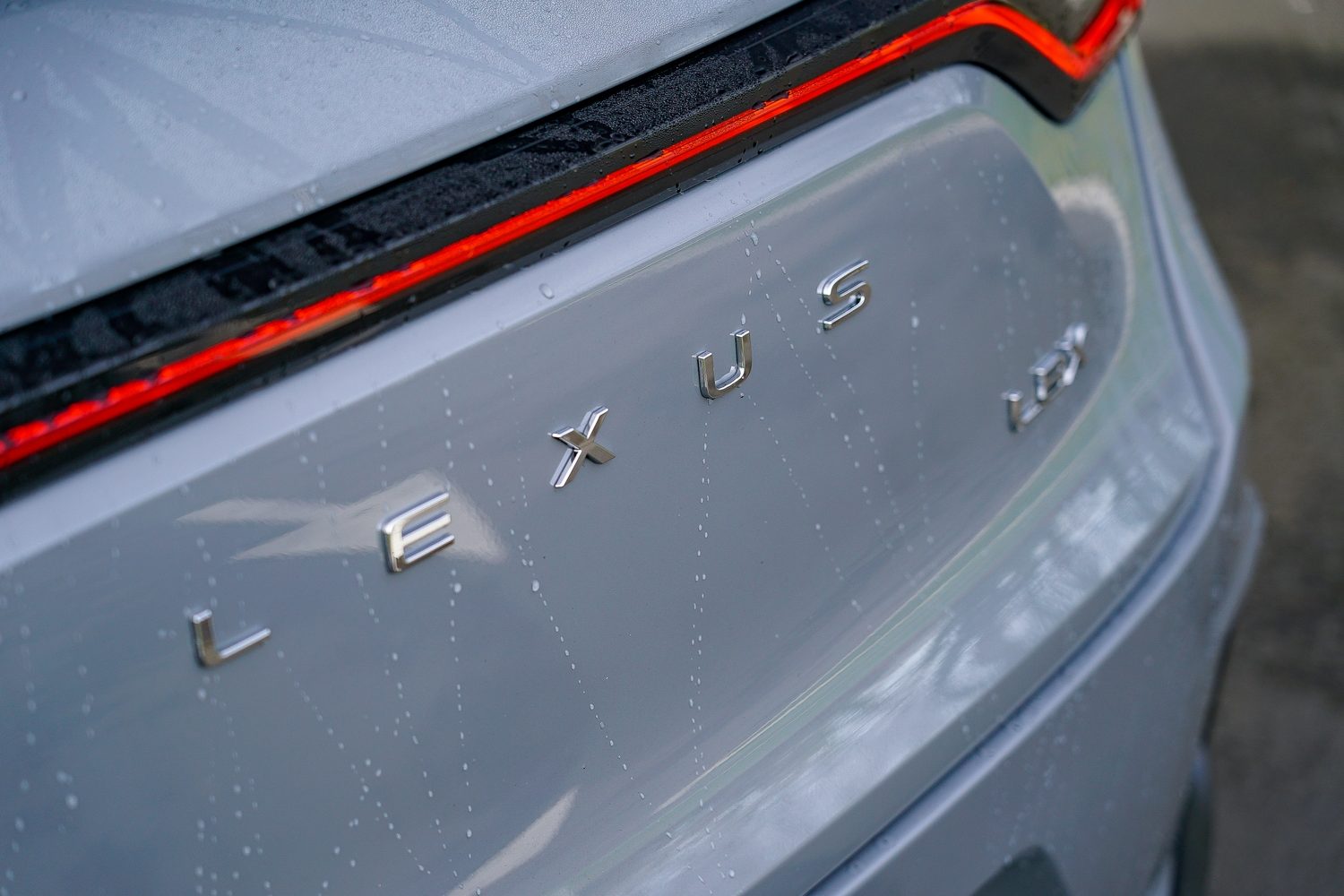
Finally, there’s the range-topping Emotion, which costs from €41,600 and comes with black perforated leather upholstery, privacy glass, keyless entry, a wireless smartphone charger and two-tone exterior paint.
A look inside the Lexus LBX
Five minutes spent in the LBX’s cabin will have you convinced that Lexus has done a decent job in downsizing its traditional assets of luxury and comfort into a smaller package. Yes, the LBX is quite small inside in comparison to other Lexus models (and indeed outside), but the seats are wonderfully comfortable, and everything you see and touch - with the exception of a few difficult-to-reach plastic panels - looks and feels expensive.
Our Urban-spec test car does without leather trim, which might undermine its case for some buyers, but the tweed-like grey fabric feels of very high quality and lends the cabin an extra edge of sound-absorbing material. The three-spoke steering wheel feels great to hold, and the position of the engine stop-start button up high, next to the instrument panel, saves you from the usual fumbling around behind the steering wheel.
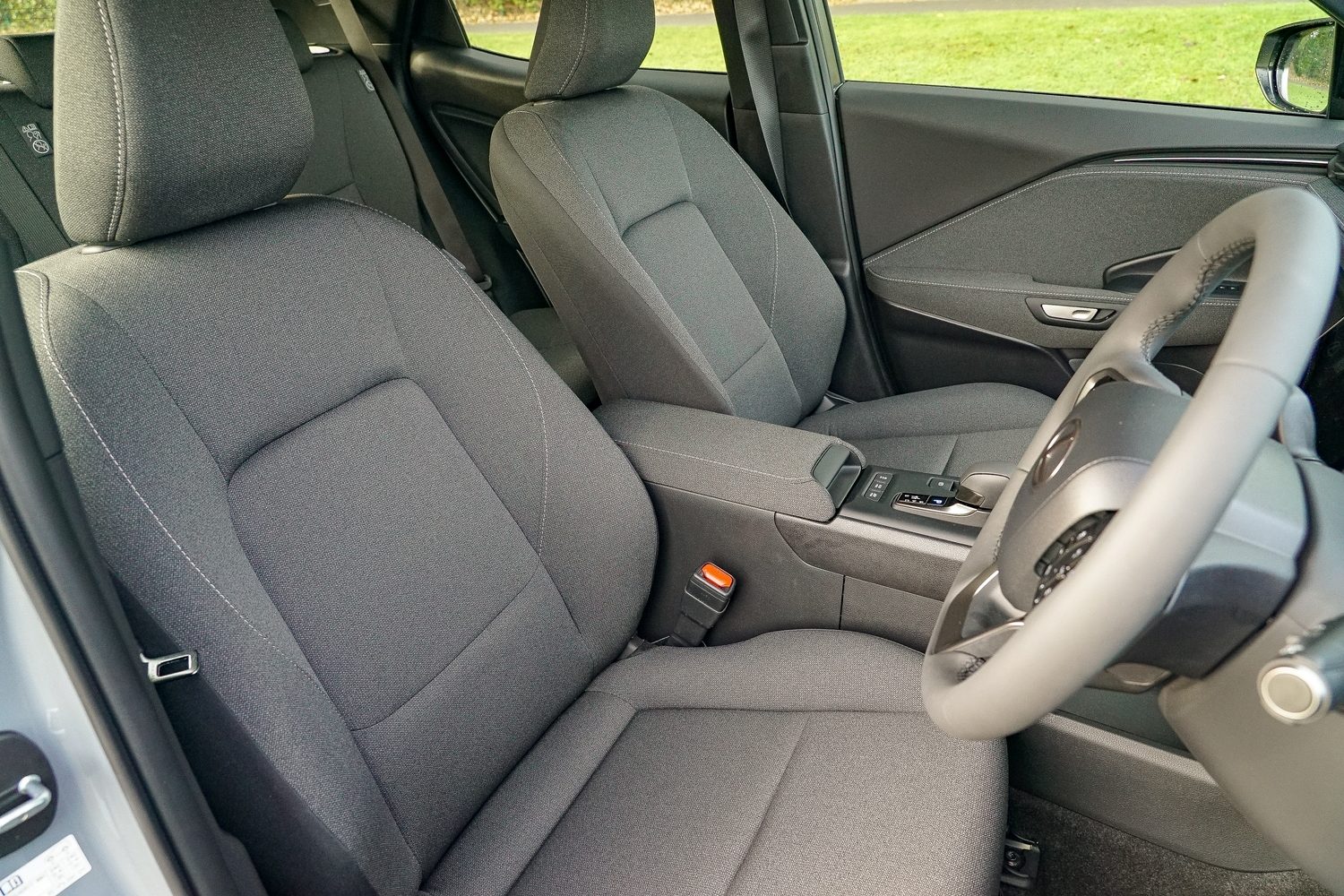
The door handles must come in for a mention here. On the outside, the main part of the handle doesn’t move at all; there’s just a small pressure pad inside the handle which you gently click with a finger to release the door latch. From inside, there’s a small electronic switch, instead of a handle, which you press and then push the door to open in one continuous movement. It’s a slightly unusual arrangement, but one which becomes increasingly natural with practice, and after a while you start to wonder why everyone doesn’t make their door handles like this.
Equally, while we don’t often mention the way a car’s electric windows go up, the LBX’s are worth a mention - they glide smoothly up, slowing down noticeably to meet their upper seals with a satisfying, soft thud. It’s a very Lexus-like moment.
Space up front is fine, even if the LBX is a touch narrow across the shoulders. There’s a small, angled storage tray underneath the central touchscreen, and a pair of cupholders just behind that. There’s also a usefully deep storage area under the traditional tilt-and-slide central front armrest. The door pockets are on the small side, however.
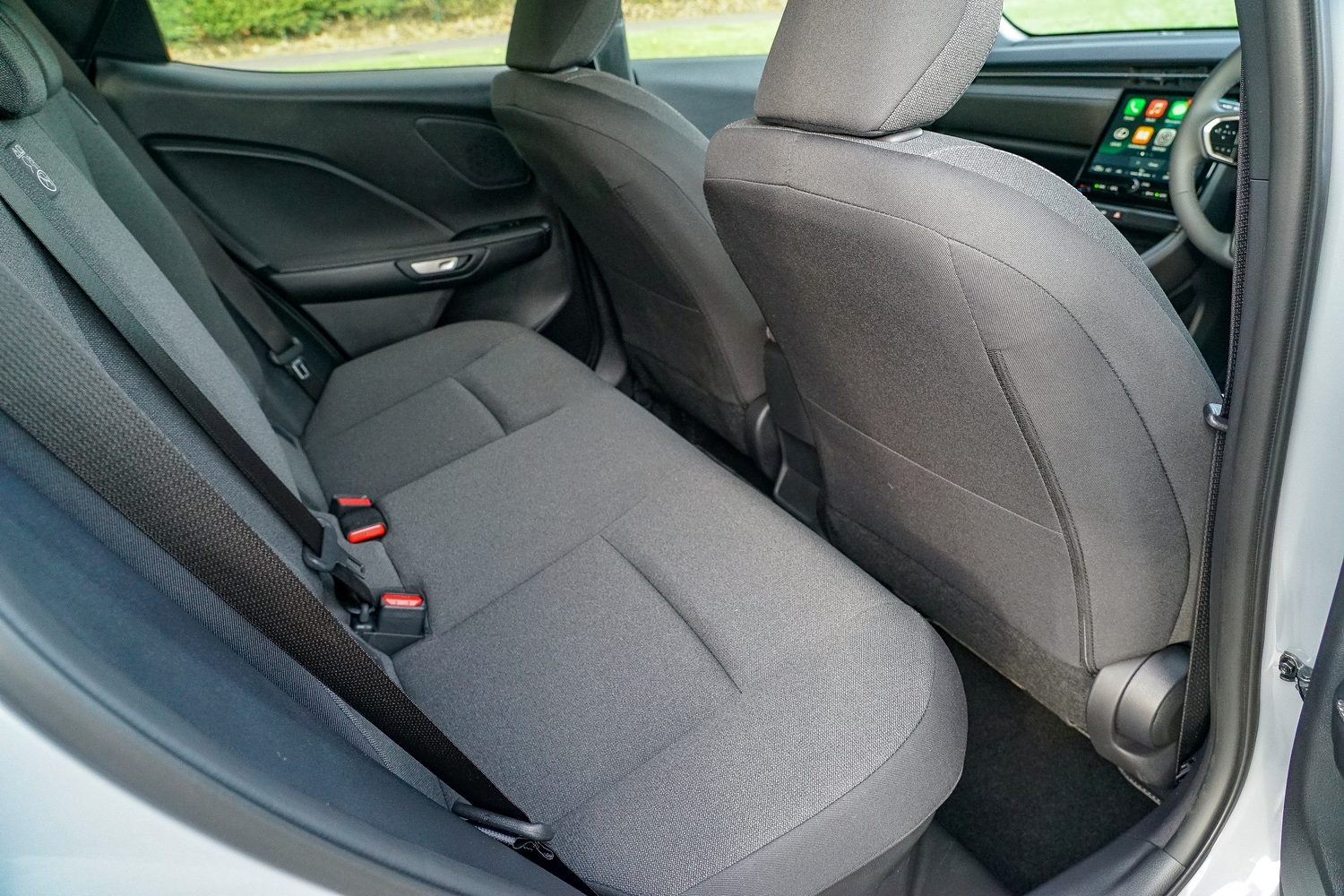
It’s in the back where the LBX’s size becomes apparent. Space in the back seats, and access through rather small rear doors, isn’t massive. Headroom is OK, but legroom is quite tight unless those in the front seats are on the small side. This is definitely a car for downsizers, rather than those with a growing family.
The boot makes up for that though, with a 400-litre capacity which is quite generous, although there is quite a high loading lip. The seats-down capacity is just under the 1,000-litre figure.
How many child seats can I fit in the Lexus LBX?
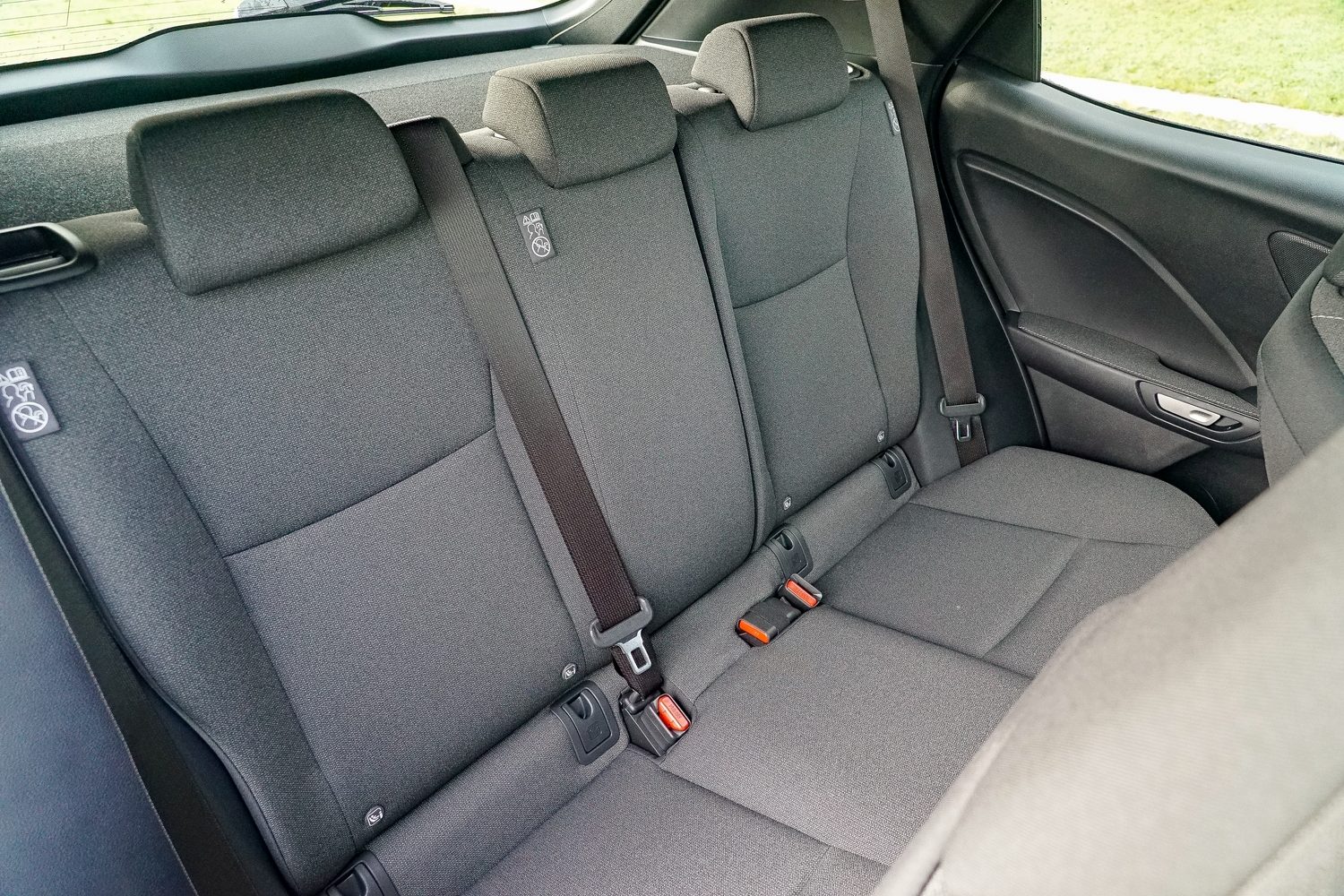
There are two ISOFIX anchor points in the LBX, one in each of the outer rear seats. However, with the small rear doors and the limited rear space, getting larger, bulky child car seats in and out won’t be the easiest.
The Lexus LBX’s on-board technology
The LBX’s cabin is quite visually pared back and almost minimalist, but it has quite a bit of technology. The 9.8-inch touchscreen in the centre of the dash leans back slightly, which is good as it makes the screen a little less distracting when you’re driving. The software is the latest Lexus system, which is good, as is the cloud-based navigation system - responsive and accurate.
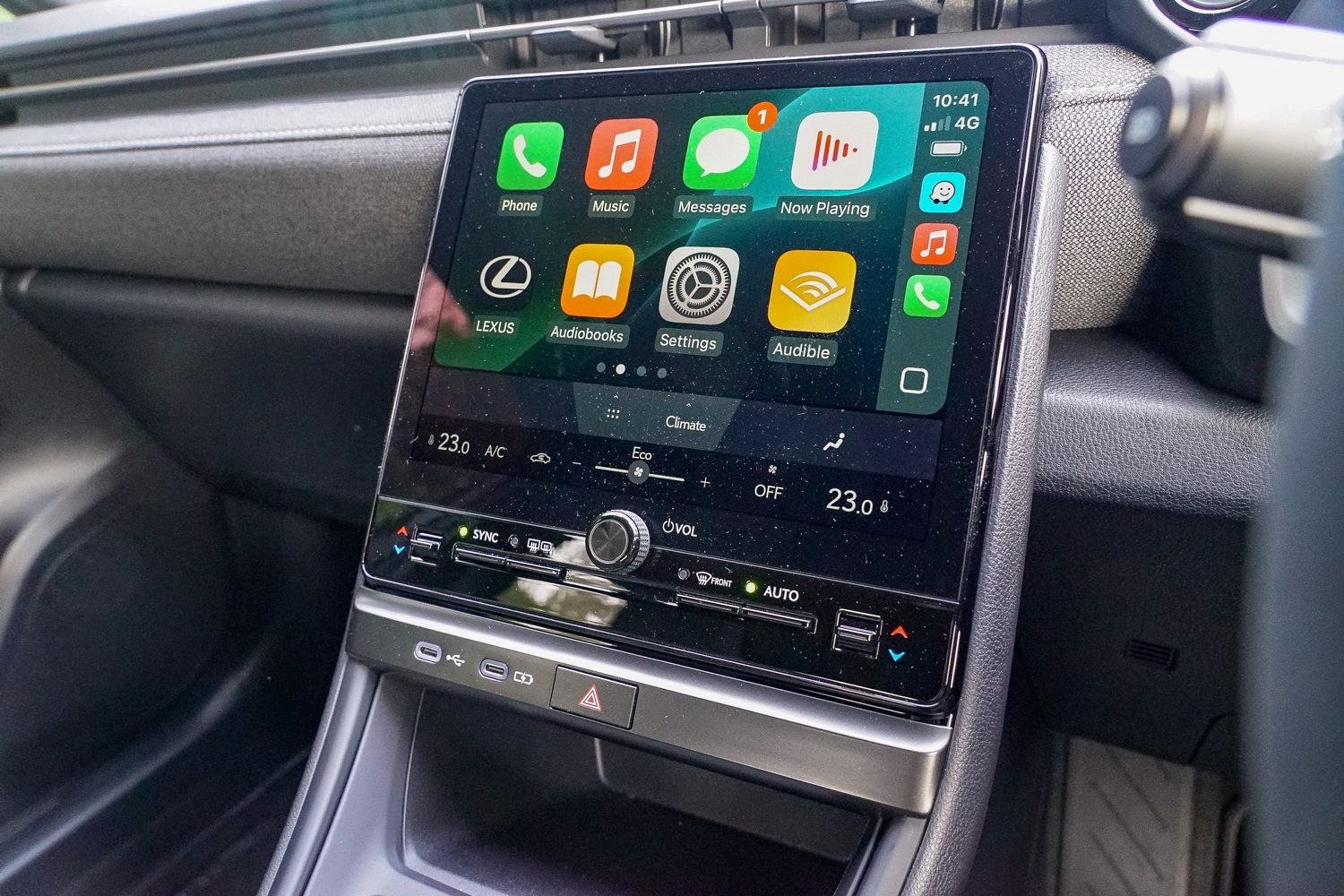
The seven-inch digital instrument display is quite simple, and a little limited in what you can change in terms of on-screen information, but the display is clear and attractive, and it’s less glaring for your eyes when driving at night than those of some rivals. There are two USB-C sockets in the centre console.
How safe is the Lexus LBX?
The answer is very, very safe. Lexus hasn’t skimped on the safety kit when it comes to its smallest model, and the LBX comes as standard with a pre-collision detection system with autonomous emergency braking, pedestrian and cyclist detection, a ‘Proactive Driving Assistant’ which gently tweaks the steering to keep you in lane, Intersection Turning Assistant, which prevents you turning across a junction into the path of an oncoming car, a rear-view parking camera, traffic sign recognition, radar-guided cruise control and an adaptive speed limiter.
That’s an impressive list of standard safety equipment, and while the LBX hasn’t been assessed by Euro NCAP for crash safety, expect an impressive rating if that does happen.
Driving the Lexus LBX
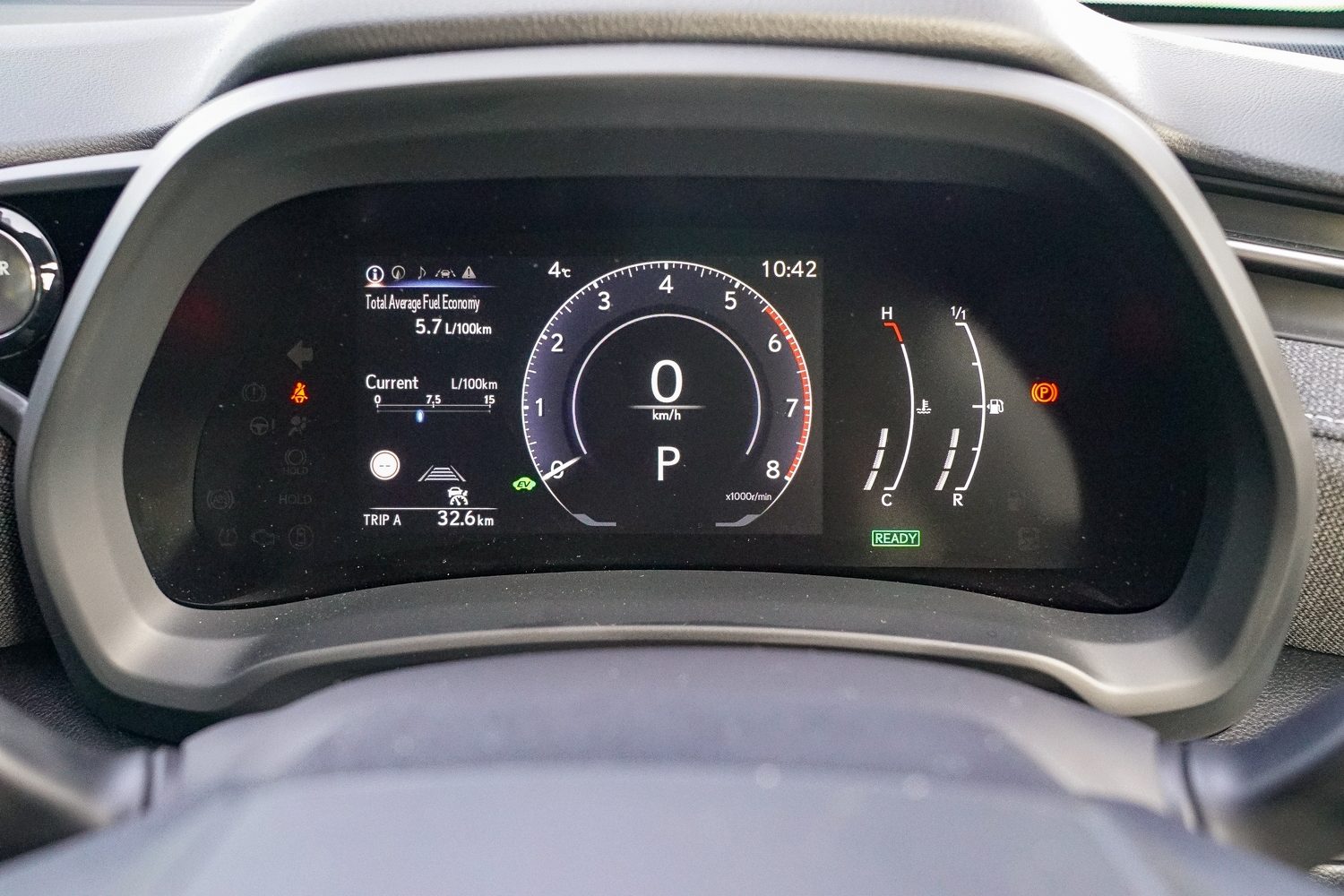
The 17-inch alloys of this LBX Urban mean that the ride quality - which is absolutely fine on higher-specification, bigger-wheels versions - is just that little bit cushier. The LBX’s low weight and short wheelbase means that it can’t quite smother bumps with the imperiousness of a bigger RX or ES, but for a compact model, it’s very comfortable indeed.
The steering is light and has that friction-free feel you get from pretty much all Lexus models. That’s perhaps not the best thing in the world from an enthusiast’s point of view, as feel through the leather rim is minimal, but actually the LBX has quite sporty responses to the wheel, which is in large part down to it being not large. The LBX’s smallness here pays dividends, and it feels agile and wieldy, maybe even flickable in the right circumstances.
With 136hp, the 1.5 hybrid engine is no powerhouse, but thanks to the fill-in torque effect of the electric motor, the LBX never feels especially slow, and the old hybrid habit of groaning and straining under hard acceleration seems to have been entirely banished.
While it’s true that you won’t get the same thrills from driving the LBX as you will from the company’s more overtly sporty models - such as the sadly-departed LC - it’s an impressively well-balanced car, which rightly prioritises comfort and surefootedness.
How economical is the Lexus LBX?
Here’s where the Lexus LBX really scores over its compact premium-badge rivals. No other car maker has such experience with hybrid engines, and it shows here. While rival products might get you down to around 5.5 litres per 100km in mixed driving, the LBX can easily manage to get to its official 4.4 litres per 100km. It’s an exceptionally economical engine, and yet refined and easy to drive with it.
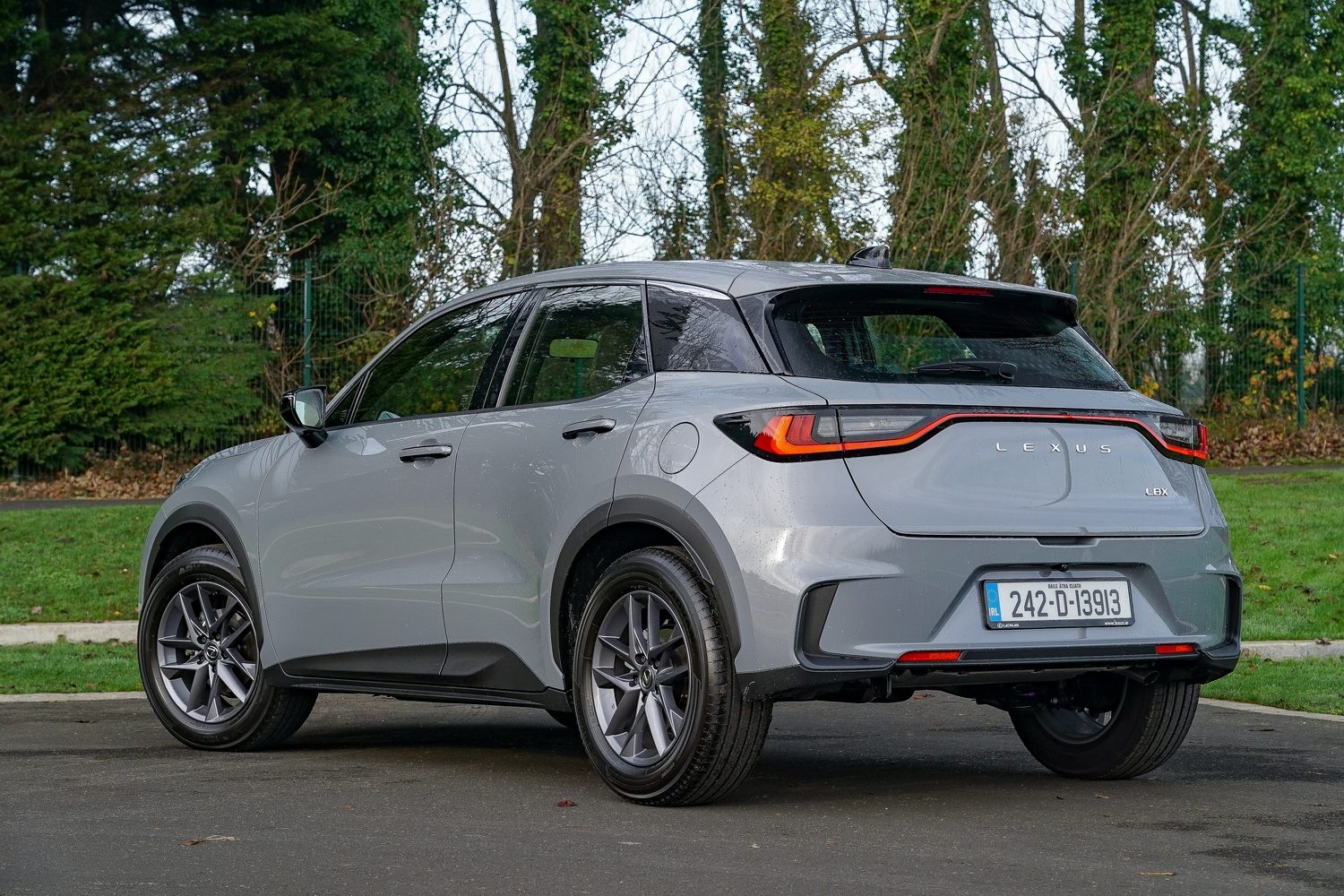
The reasons you'd buy a Lexus LBX
The LBX successfully pulls off the idea of taking traditional Lexus strong points - comfort, refinement, luxury and build quality - and shrinking them down into a small, more affordable package. It’s not perfect but it’s a very well-considered car, which is good to drive, comfortable and refined.
Ask us anything about the Lexus LBX
If there’s anything about the Lexus LBX we’ve not covered, or you’d like advice in choosing between it and other cars, you can avail of our (completely free) expert advice service via the Ask Us Anything page.

